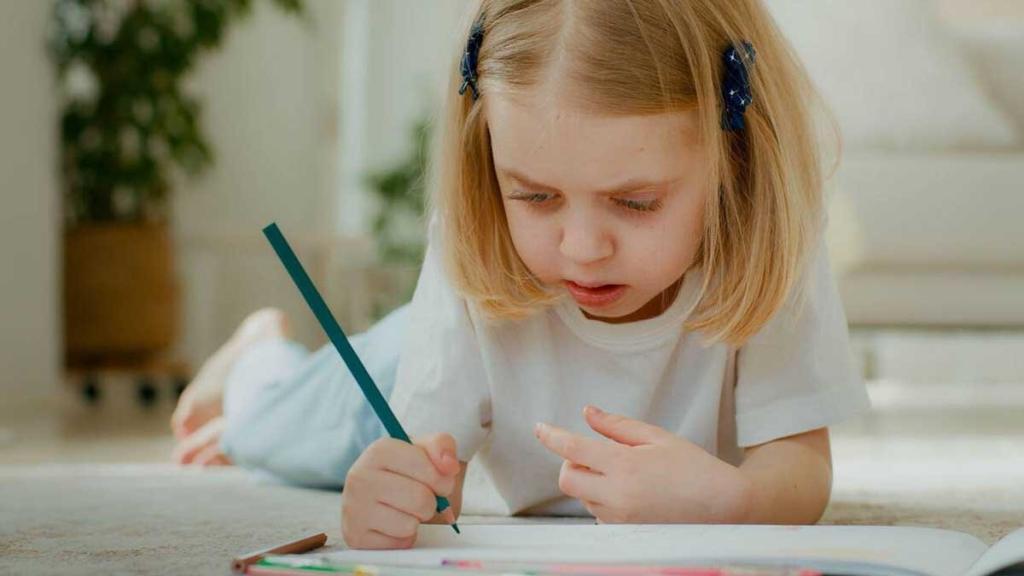Autism, also known as Autism Spectrum Disorder (ASD), is characterized by a wide range of symptoms and challenges that vary from person to person and affect social interaction, communication, and behavior.
People with autism may have difficulties with social communication and interaction, and communication challenges are prevalent. The challenges associated with autism often manifest as:
- Delayed language development
- Limited verbal communication
- Nonverbal communication difficulties
- Difficulty with social communication
While these challenges can significantly affect daily interactions, relationships, and overall quality of life, there are several strategies and tools- including picture cards, that can help support and enhance communication skills in individuals on the autism spectrum.
Picture Cards For Autism
Picture cards, also known as visual supports or communication cards, play a critical role in helping individuals with autism express their thoughts, needs, and emotions effectively. The cards are a collection of images or symbols that represent objects, actions, or concepts.
Real photographs, illustrations, or symbols on the cards represent a specific item, activity, or idea. They are designed to be easily recognizable and understandable.
Picture cards enable autistic people to understand and communicate their thoughts and desires, helping them overcome communication challenges and effectively engage with others. Picture cards aid communication for autism in the following ways:
Visual Representation
By offering a visual representation of language, picture cards make it easier for people with autism to understand, comprehend, and retain information more effectively. This makes it possible to participate in conversations and activities with greater confidence.
Augmentative and Alternative Communication (AAC)
AAC, which is any form of communication used alongside or instead of verbal speech, helps people with limited verbal language skills express needs, wants, and thoughts effectively by offering an alternative means of communication.
Reduce Anxiety
Providing a structured, predictable way to communicate, picture cards offer a sense of security, reducing anxiety and frustration.
Promote Independence
Picture cards enhance self-confidence and autonomy by giving people with autism the opportunity to make choices and express themselves without constant reliance on others.
Benefits of Picture Cards For Autism
Used to teach new concepts, reinforce learning, and promote comprehension of everyday activities, social situations, and emotions, picture card benefits include:
Enhanced Communication Skills
By providing a visual representation of words, concepts, and actions, picture cards make it easier for people with autism to understand and convey their thoughts and needs.
When using these cards, essential language skills, such as vocabulary expansion, sentence formation, and expressive communication, are developed as connections between words and their meanings are made to facilitate effective and receptive communication.
Reduces Anxiety and Promotes Independence
Autistic people struggle to express their needs and understand others. This leads to frustration and anxiety but the visual structure of picture cards helps by giving a sense of security, allowing them to feel empowered and more confident in expressing themselves, leading to a greater sense of autonomy and increased independence.
When picture cards are used to create visual schedules, timetables, and social stories, daily routines can be more easily navigated by autistic people, and upcoming events can be anticipated, reducing anxiety by providing predictability and structure.
Types of Picture Cards For Autism
The picture cards generally used in autism are:
PECS (Picture Exchange Communication System)
With PECS, individuals are taught to exchange pictures to initiate and request communication. Comprising a set of picture cards representing objects, actions, and desired items, PECS cards involve selecting a relevant picture card and handing it to a communication partner to communicate needs or wants.
Picture cards are a stepping stone, developing speech and language skills while supporting more effective communication.
Visual Schedules and Timetables
These consist of a series of picture cards or symbols structured in chronological order. Each card represents a specific activity or task, such as having breakfast, brushing teeth, or attending a meeting. People with autism can understand the expectations for each activity and navigate their day more effectively.
Social Stories and Scripts
These personalized narratives guide social situations, expected behaviors, and appropriate responses. The social story cards use words and pictures to illustrate social scenarios and help people with autism understand social cues, social rules, and expectations by delivering information in a visual, structured format.
Script cards are short phrases or sentences with images used as prompts for social interactions. They are a framework to be used to initiate conversations, express thoughts, or respond to others.
While picture cards are a valuable tool for effective communication, they also foster independence, and enhance the overall learning experience of people with autism.

